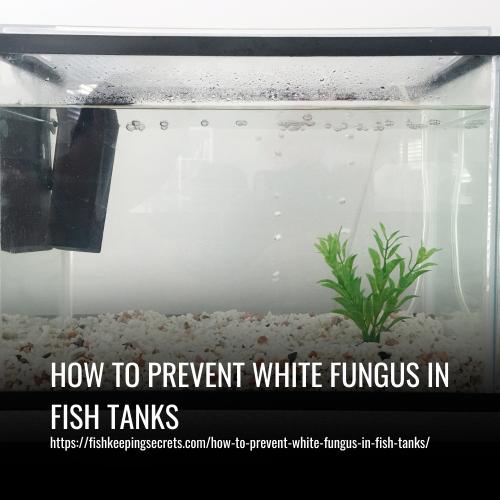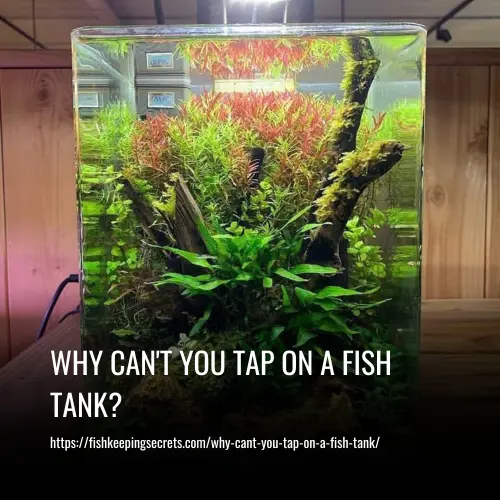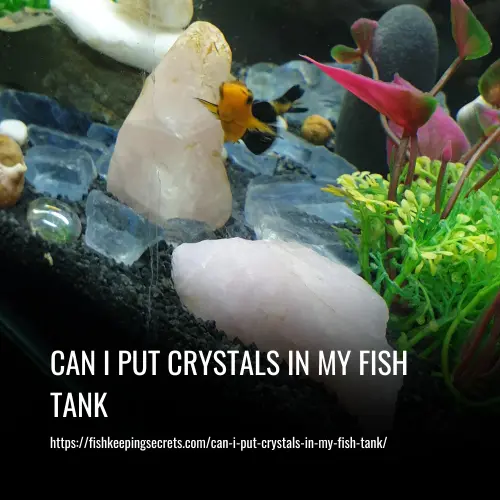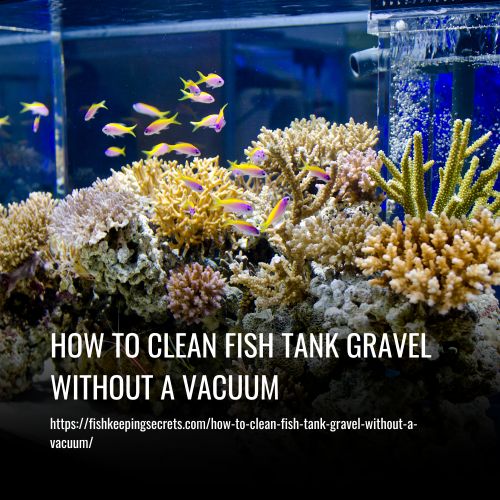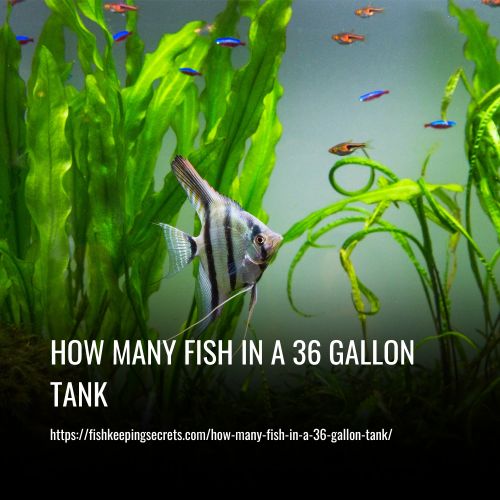How To Deal With White Fungus Fish Tank In Gravel
This post contains affiliate links. As an Amazon Associate, we earn from qualifying purchases.
As an aquarium owner, you may face the problem of white fungus growing in your tank’s gravel or another substrate. While the substrate serves a variety of purposes and enhances the look of your aquarium, it also provides a favorable environment for fungus growth. If you notice this issue, don’t worry – there are some effective ways to tackle it and maintain a clean tank.
Here are some tips on how to deal with white fungus in your fish tank’s gravel:
- Soak the Gravel In Bleach.
- Vacuum The Gravel.
- Remove Decaying Plant Material.
- Do a Water Change.
- Install an Aquarium Filter.
- Add Fungus-Eating Animals To Your Tank.

1. Soak the Gravel In Bleach:
If you’re struggling with white fungus in your fish tank gravel, don’t worry – there’s a solution! One effective way to help remove the fungus is by soaking the gravel in a mixture of bleach and water. This can be done by simply placing the gravel in a bucket of water along with about 1/4 cup of bleach, then letting it sit for approximately 15 minutes.
By doing this, the potentially harmful microorganisms including mold, algae, or fungus in the gravel will be killed effectively. Once completed, rinse the gravel thoroughly to ensure that all bleach is removed before returning it back to your fish tank.
2. Vacuum The Gravel:
To properly deal with white fungus in your fish tank’s gravel, one effective action to take is to vacuum the gravel. Thankfully, the fungus doesn’t cling well to the surface of your gravel, which means you can simply run a vacuum over it to remove any trace of white fungus or fish waste that has accumulated on top. It’s important to include regular gravel vacuuming as part of your standard maintenance routine for your fish tank.
3. Remove Decaying Plant Material:
To tackle the issue of white fungus in your fish tank, it’s important to address the root cause. The growth of the white fungus is often facilitated by nitrates present in the water due to decaying plant matter in the gravel. To prevent further growth, make sure to remove any decaying plant material from the tank’s gravel regularly.
Additionally, keep an eye on your aquarium plants and remove any dying leaves as they appear. These leaves can be a breeding ground for white fungus and other harmful bacteria. By taking proactive steps to remove decaying plant material, you can help maintain a healthy environment for your aquatic pets.
4. Do a Water Change:
One effective way to deal with white fungus in your fish tank’s gravel is by regularly changing the water. Doing so has many benefits, such as reducing nitrogenous pollutants and getting rid of decomposing organic waste.
In addition, clean water helps clear up any cloudiness that might exist and adds trace elements and minerals necessary for aquatic life. Most importantly, a well-maintained aquarium with clean water will prevent fungal growth on your gravel.
5. Install an Aquarium Filter:
One of the best ways to deal with a white fungus fish tank in gravel is by installing an aquarium filter. Using a filter helps to eliminate floating waste and improve water quality by reducing toxic ammonia and nitrate buildup, as well as increasing oxygen levels. Additionally, it can remove any floating spores that may be contributing to the growth of white fungus in a tank.
It’s important to note that without nutrients, this fungus won’t be able to survive and will eventually die. With the installation of an aquarium filter, you’ll effectively control and manage the growth of white fungus in your fish tank for a cleaner and healthier aquatic environment.
6. Add Fungus-Eating Animals To Your Tank:
Dealing with white fungus in your fish tank can be a hassle, but there are effective ways to combat it. One way is to add certain species of fish, shrimp, or snails that can eat the fungus. You can easily purchase any of these organisms from your local aquarium shop without breaking the bank. Adding them to your tank not only helps eliminate the fungus but also adds an extra tank mate and a cleanup crew to your aquarium community.
FAQs
White fungus in fish tank gravel is often caused by excess organic matter, inadequate cleaning, or poor water quality. Decomposing fish waste, uneaten food, and decaying plant matter contribute to fungal growth, leading to the formation of white patches or strands.
To remove white fungus from fish tank gravel, perform a thorough gravel vacuuming during regular water changes. Use a siphon to extract debris and fungal growth from the gravel bed, ensuring to reach into crevices where fungus may accumulate. Additionally, consider removing excess organic matter and maintaining optimal water parameters to prevent further fungal growth.
While white fungus itself is not typically harmful to fish, its presence may indicate underlying issues with water quality and tank maintenance. However, if left unchecked, fungal growth can contribute to deteriorating water conditions, potentially stressing or harming fish. It’s essential to address the root cause of fungal growth and maintain a clean and healthy aquarium environment.
Regular gravel cleaning is crucial in preventing the formation of white fungus in fish tanks. Aim to vacuum the gravel during each water change, removing debris, uneaten food, and waste that can contribute to fungal growth. Additionally, perform routine maintenance tasks such as algae scraping and filter cleaning to maintain optimal water quality.
Some hobbyists utilize natural remedies such as adding beneficial bacteria supplements or employing the use of snails and other scavengers to control organic buildup in the gravel. However, these methods should be complemented with proper tank maintenance practices, including regular gravel cleaning and water changes, to effectively manage white fungus growth.
If white fungus continues to proliferate despite regular maintenance efforts, consider replacing a portion of the gravel or performing a thorough substrate cleaning. Before replacing gravel, ensure to quarantine any affected fish and address any underlying water quality issues to prevent the recurrence of fungal growth.
Conclusion:
Dealing with white fungus in your fish tank gravel can be a stressful and worrisome situation. However, with the right knowledge and steps, you can easily tackle this issue and restore a healthy environment for your fish. Remember to take proactive measures, maintain proper hygiene, and regularly monitor your tank to prevent the recurrence of white fungus.
Don’t let this pesky problem dampen your love for keeping fish; tackle it head-on and bring back the beauty and tranquility of your aquarium!

